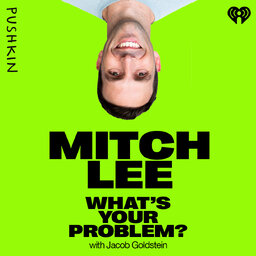Making Blood Vessels in a Factory
Laura Niklason is the co-founder and CEO of Humacyte. Laura's problem is this: How can you use human cells to create blood vessels that surgeons can pull out of a bag and implant into patients? Although still awaiting FDA approval in the U.S., Humacyte's vessels have already been used to treat wounded soldiers in Ukraine.
 What's Your Problem?
What's Your Problem?


